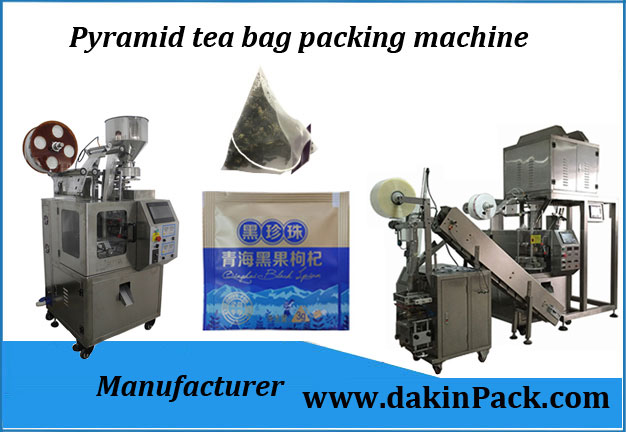Pyramid tea bag packing machine manufacturer: Japanese tea
Japan has an area of 50,000 hectares of tea gardens, with a total output of 89,800 tons. There are about 240,000 tea farmers, mainly distributed in 8 counties including Jinggang, Kagoshima, and Mie. The varieties of tea trees are relatively single, and Yabukoku accounts for 83%. The Japanese tea industry has a high degree of mechanization and automation. Tea tree pruning, picking, processing, and packaging have basically achieved mechanization and automation. Japanese tea leaves are almost all green steamed green teas, but according to different grades, it can be divided into Yulu, Yulu, Matcha, Bancha, Sencha, Roasted Tea, Genmaicha, etc. Ninety percent of Japanese tea gardens are owned by farmers, and the production technology is mainly serviced and coordinated by the Tea Instructor Association. The agricultural cooperatives uniformly purchase production machinery, uniformly prevent and control diseases and insect pests, and uniformly process, with a high degree of organization. The management of the tea garden is modern, the garden appearance is neat and uniform, the tree is strong, the yield is high, and the benefit is good.
Japan had a simple kneading machine for tea processing in the 1920s. After decades of development, tea-making machinery has been very advanced, not only has a large output per hour, but also has stable product quality. Tea processing is basically done by a highly automated steaming production line. Generally, each set of steaming machine only starts for 40-50 days a year. Due to the high cost, tea farmers buy one set for every 15-20 households. A very small amount of high-end Yulu tea is handmade by skilled workers. The price of handmade tea is as high as 30,000 yen per 100 grams, which is 10-100 times the price of machine-made tea.
In recent years, due to the increasing interest in tea beverages, the Japanese tea market has been booming. However, according to statistics from relevant Japanese departments, the tea market will not be optimistic for some time to come, especially some green tea processing plants and tea merchants will be unable to do anything because of the large inventory. The average price of the tea market in Kagoshima Prefecture, one of the main producing areas, has dropped by 40% compared to the same period in previous years. Shizuoka Prefecture, the largest producer, is expected to fall by about 300 yen, or 30%. Of the green tea imported by Japan, 95% comes from China, and 5% comes from Vietnam and other countries and regions. Oolong tea is completely dependent on the supply of mainland China and Taiwan Province, and black tea comes from India, Sri Lanka and other countries. It is expected that as the economy grows and the health benefits of tea are widely recognized, there is still room for growth in domestic tea consumption in Japan.

